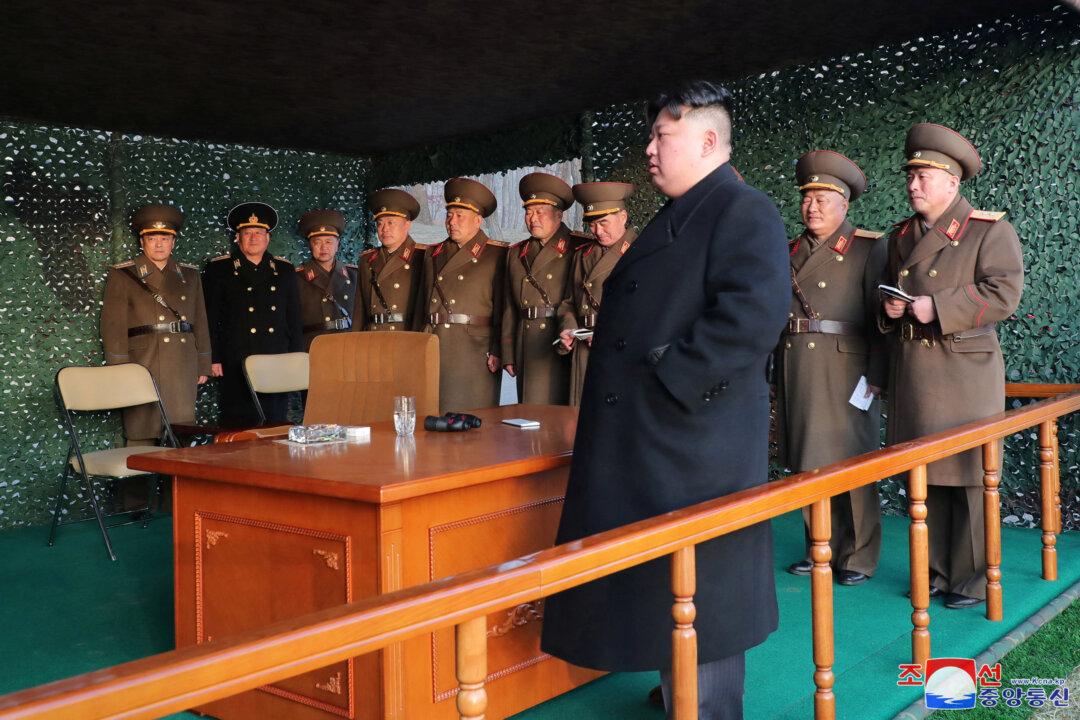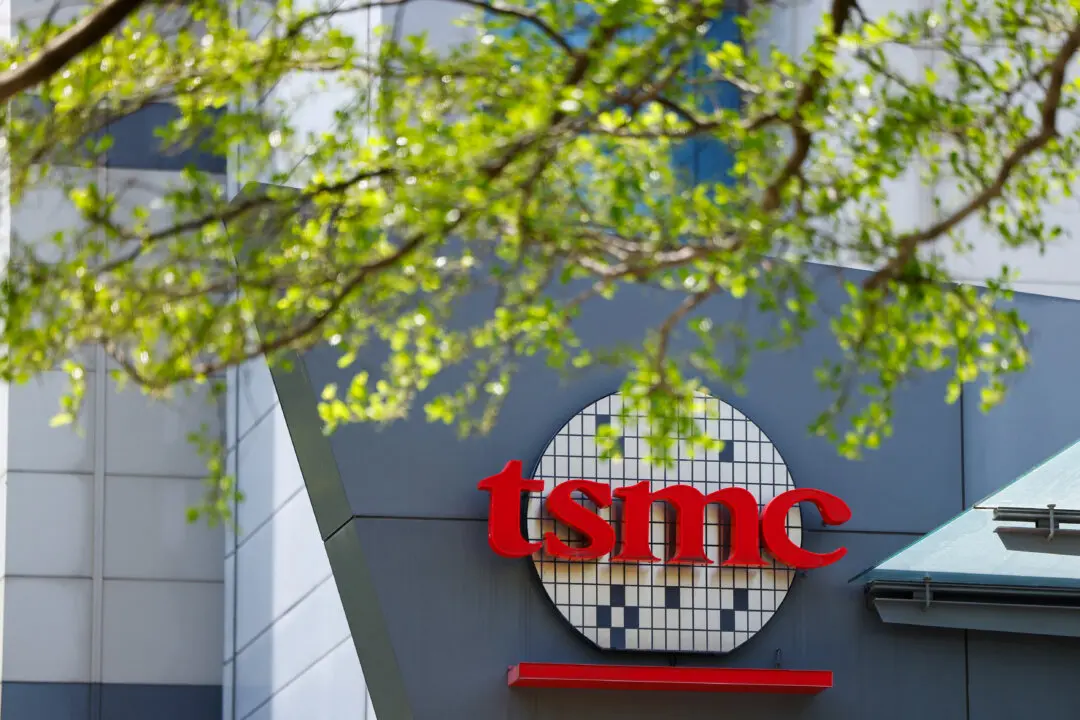Satellite images show a high level of activity at North Korea’s main nuclear site, a U.S. think tank reported on Saturday after the North Korean leader ordered an increase in production of nuclear bomb fuel to expand the country’s nuclear arsenal.
The Washington-based 38 North North Korea monitoring project said the activity it had spotted, based on images from March 3 and 17, could indicate that an Experimental Light Water Reactor (ELWR) at the Yongbyon site was nearing completion and transition to operational status.





